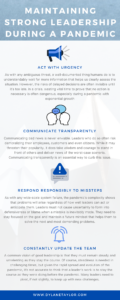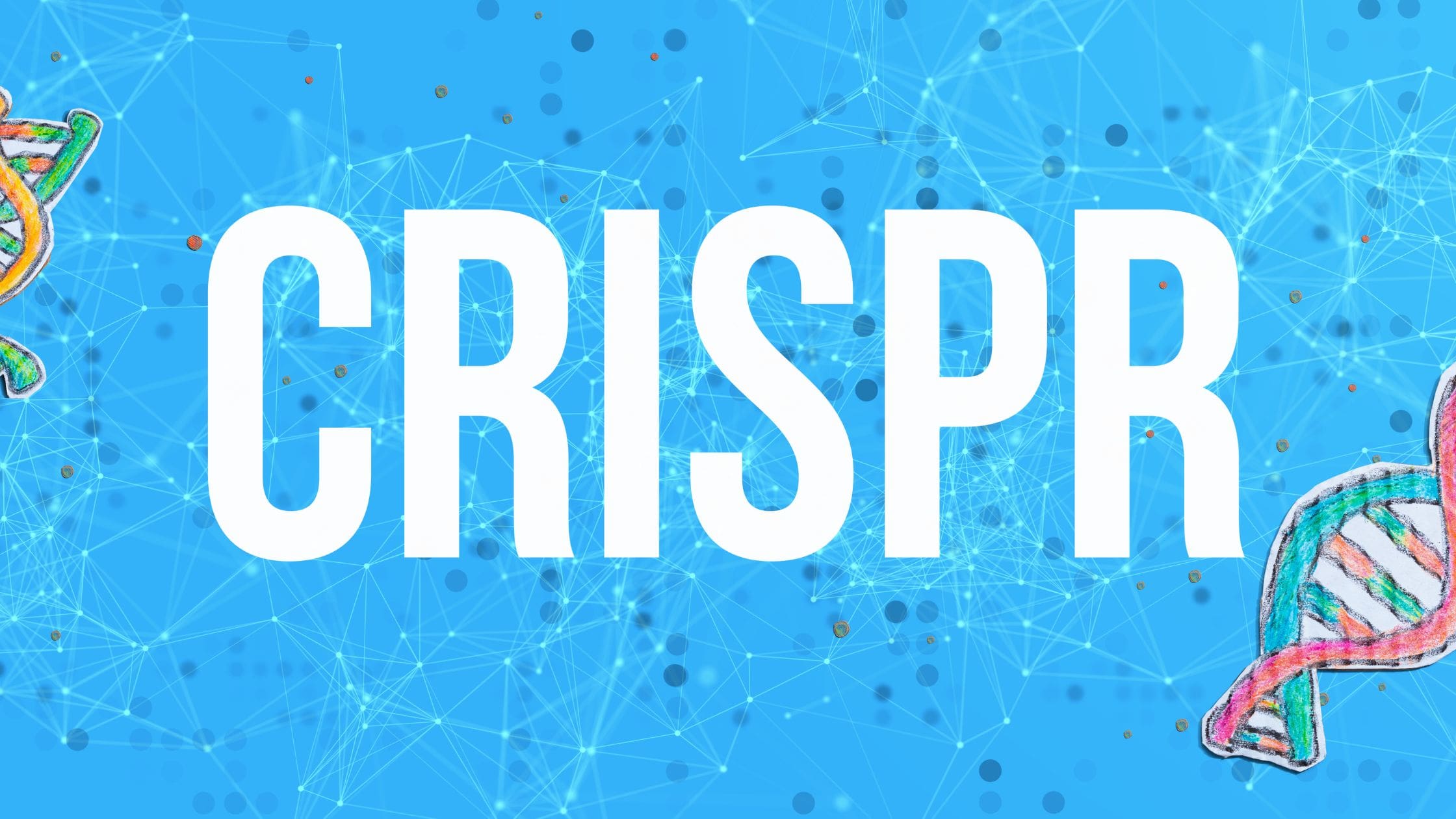The massive scale of the COVID-19 pandemic has caused extreme challenges for many leaders in today’s institutions. The wide-reaching scope of the virus and the speed at which it has spread makes it understandable to see why so many leaders have missed opportunities to action and effective communication in the first stages of the pandemic. However, mistakes should be expected in uncertain times, but it’s not all we should expect.
When the landscape is uncertain, our human instinct and basic management skills will have many leaders — fearing that they’re taking the wrong steps or making others nervous — often delay actions and downplay threats until the situation becomes more apparent. Often, however, this means failing the leadership test that coronavirus has presented to us. This is because by the time the threat is clear, many leaders are far behind in trying to control the crisis. Passing the test means leaders need to act urgently and honestly when recognizing that mistakes are necessary when correcting their path.
It takes a unique leadership style to avoid downplaying and delaying a response to the pandemic. Building upon successful examples of leadership during the crisis, here are four lessons for leadership to model in a crisis:
- Act with urgency
As with any ambiguous threat, a well-documented thing humans do is to understandably wait for more information that helps us clearly assess the situation. However, the risks of delayed decisions are often invisible until it’s too late. In a crisis, wasting vital time to prove that no action is necessary is often dangerous, especially during a pandemic with exponential growth. Acting against the natural tendency to delay, acting with urgency sees leaders jumping into the middle of the chaos with all the information they currently have, but without all the information they would like. New Zealand’s prime minister Jacinda Ardern and Adam Silver, the National Basketball Association commissioner, both acted early, before others in similar roles and well before anything was clear. It’s evident in how Ardern explicitly chose to “go hard and go early.”
- Communicate transparently
Communicating bad news is never enviable. Leaders who do so often risk demoralizing their employees, customers and even citizens. While it may threaten their popularity, it does take wisdom and courage to stand in front of others and deliver news of the worst-case scenario. Communicating transparently is an essential way to curb this issue. Ardern, for example, stated:
“I understand that all of this rapid change creates anxiety and uncertainty. Especially when it means changing how we live. That’s why today I am going to set out for you as clearly as possible, what you can expect as we continue to fight the virus together.”
Ardern went on to deliver regular public announcements, while another strong leader like Silver went on to deliver 16 hiatus emails memos by March 19th. The lesson here is that transparent communication demands providing an honest and accurate description of reality. It’s Important to be clear about what you know, what you expect to occur and what it means for the people you lead. Along the way, leaders should detail these points in a way that people can clearly understand. Ardern did this by using a familiar four-level alert system. However, it’s also imperative to give some hope or people will reel in their despair. Leaders must offer a hopeful vision of the future so people can direct their energy to that instead.
- Respond Responsibly to Missteps
As with any wide-scale system failure, the pandemic’s complexity shows that problems will arise regardless of how well leaders can act or anticipate them. Leaders can respond to unavoidable missteps and unexpected challenges as an essential part of how they first address the crisis. First, they must not cause uncertainty to form into defensiveness or blame when a mistake is inevitably made. They need to stay focused on the goal and maintain a future mindset that helps them to solve the next and most demanding problems. For example, when Mayor Bill de Blasio criticized the unfairness of NBA players receiving tests that were not accessible to millions of Americans, Silver acknowledged that criticism, accepted its validity, and emphasized the real problem of a testing shortage. His focus remained on the large-scale picture. While his response may not have been perfect, it was notable that Silver took the criticism in stride and remained focused on the issue of fighting the pandemic and making tests more widely available. If missteps are made, it’s necessary to listen, acknowledge and reposition everyone toward a problem-solving mindset.
- Constantly Update the Team
A common vision of good leadership is that they must remain steady and unrelenting as they stay the course. Of course, steadiness is needed in challenging times, but given the rapid spread and evolution of the pandemic, it’s not accurate to think that a leader’s work is to stay the course as they were doing before the pandemic. Many leaders need to pivot, if not slightly, to keep up with new challenges caused by the pandemic. Leaders must continuously update their understanding of prior probabilities and purposefully use strategies to gain and assess the facts as events rapidly unfold and new information becomes available.
It’s necessary to rely on expert advisors and energetically seek diverse opinions. Silver, for example, used a long and diverse list of advisors as he navigated the crisis from the NBA’s director of sports medicine to colleagues in China who saw the early toll of the virus. An advisory team is necessary in the face of an ambiguous, but large threat. Advisory insights may change over time, but as new information becomes available during these uncertain phases, it means that new challenges will arise and the necessary expertise will need to shift along with it. Finding and leveraging the right experts to help evolve problems is part of adapting to the challenge.
Leadership is consistently anchored by referring to a large, global picture that helps us assign meaning to it and resist the desire to compartmentalize or consider human life as mere statistics. In an uncertain crisis, leadership demands making ourselves available to feel what it’s like to be the most vulnerable in trying times by leading with empathy. It’s up to leaders to use their EQ to assess the impact and then use their intelligence to pave a way forward for everyone. The historical impact of the pandemic can make leaders with a historical distinction, but it’s not guaranteed if they don’t use these rational lessons to undergo the challenges we all face during the COVID-19 pandemic.





